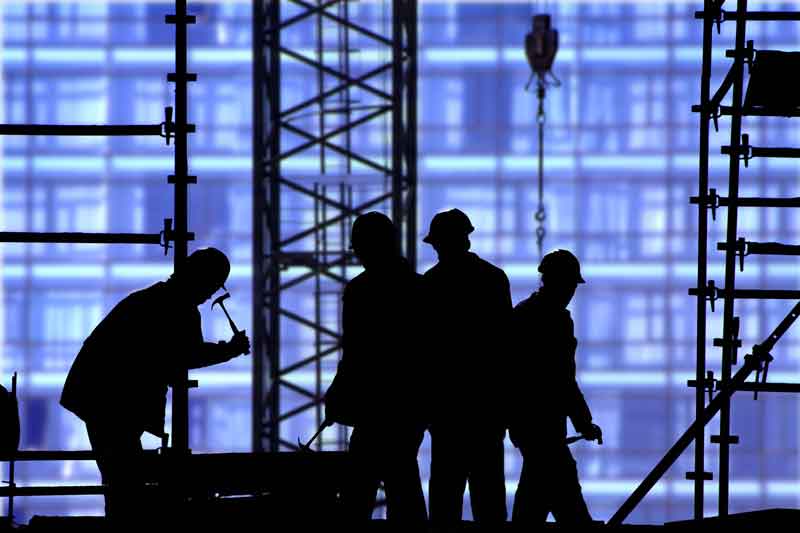Nonresidential Construction Spending Down in October
In what appears to be a trend in the nation’s ailing economy, private nonresidential construction spending slipped 0.7 percent in October, and is down 20.7 percent from a year ago, according to the Dec. 1 report by the U.S. Census Bureau. Total nonresidential construction – which includes both privately and publicly financed construction – was down 0.1 percent compared to September and down 9.9 percent from October 2009. Nonresidential construction spending totaled $562 billion in October on a seasonally adjusted annual rate basis.
The largest decreases in monthly construction spending were in: manufacturing, down 5.7 percent; lodging, down 5.1 percent; office, down 4.8 percent; and transportation, down by 4.4 percent. Of the 11 subsectors experiencing negative growth from the same time last year: lodging is down 49.7 percent; manufacturing is down 36.6 percent; and office is down 26.1 percent.

In contrast, six of the 16 nonresidential construction sectors registered spending increases in October. The three subsectors posting the largest increases were: power, up 8.8 percent; conservation and development, up 7.2 percent; and public safety, up 1.5 percent. In a year-over-year comparison, construction spending increased in five subsectors including: conservation and development, up 23.2 percent; sewage and waste disposal, up 13.1 percent; and water supply construction, up 6.3 percent.
Public nonresidential construction was up 0.4 percent for the month and up 1.4 percent for the year. Public nonresidential construction now accounts for 55 percent of overall nonresidential construction in America. Residential construction spending was up 2.4 percent for the month, but is still down 8 percent from October 2009 levels. Overall, total construction spending – which includes nonresidential and residential – was $80.23 billion in October, up 0.7 percent from September, but down 9.3 percent from a year ago and 33.7 percent below the peak in March 2006.
Analysis
“There is very little new information in today’s construction spending report,” said Associated Builders and Contractors chief economist Anirban Basu. “The October data supports the claim that in the nation’s ailing economy, previously established trends remain in place. Specifically, publicly financed construction continues to expand and privately financed construction continues to decline.
“The exception is power construction, a segment in which construction spending rose nearly 9 percent for the month. The hope is that this would be the start of a trend in increasing power construction spending volumes,” said Basu. “However, given the massive size of certain installations, it may be that October’s performance in the power construction sector was driven by a handful of projects, and is not reflective of an emerging and general trend. Time will tell.
“Time is also moving forward, which means that at some point in the near future, the impact of federal stimulus spending on construction put in place will begin to wane,” Basu said. “However, it is clear from October’s data that privately financed nonresidential construction volumes remain in retreat.
“While there are plenty of forecasters who believe that private construction starts will emerge in time to fill the void created by the end of stimulus, the recovery of privately financed construction has yet to become apparent,” said Basu.
To view the previous spending report, click here.


Comments are closed here.